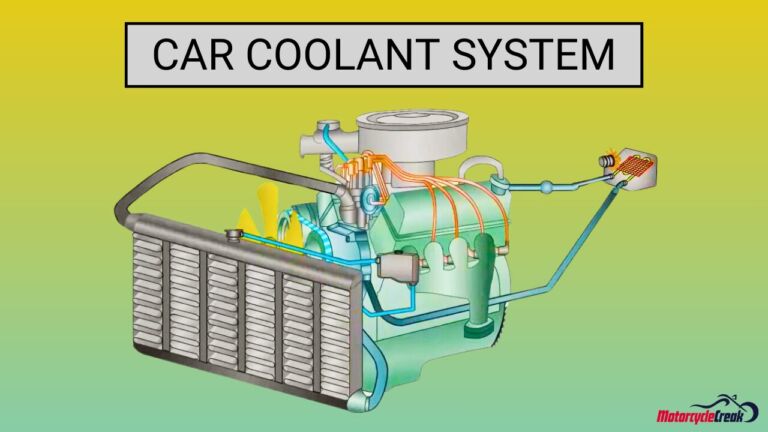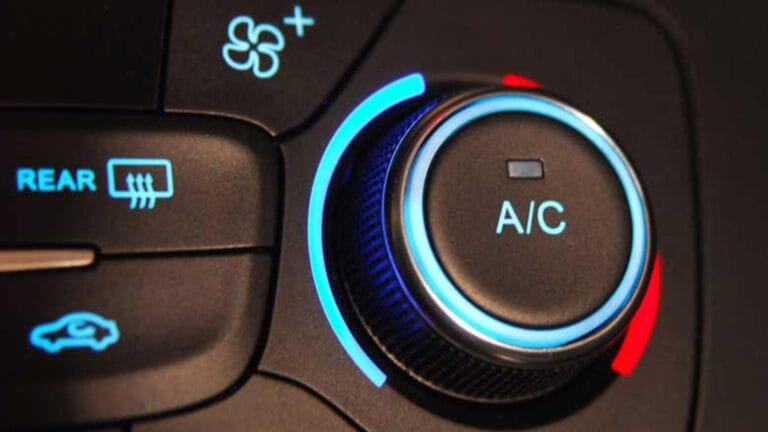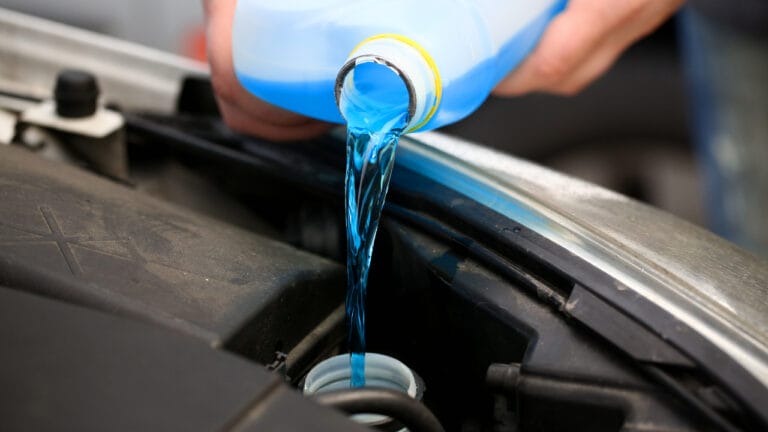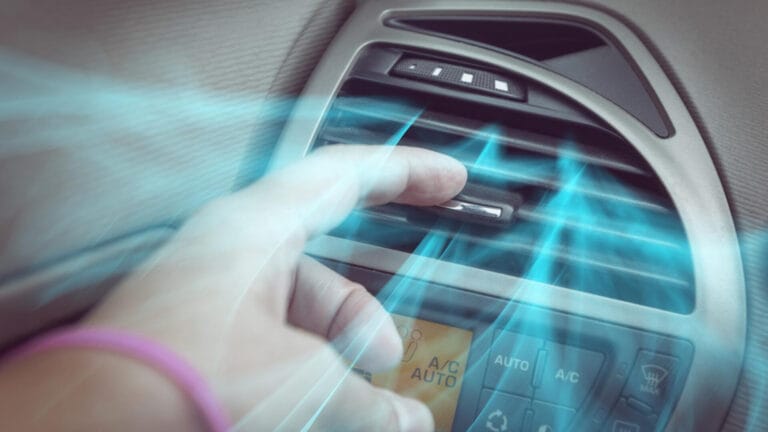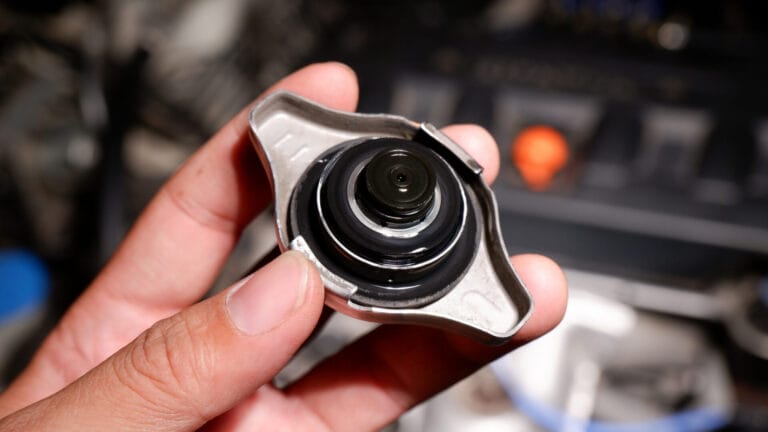How Far Can You Drive with Water in Radiator?
Generally, it’s not advisable to push your luck. Driving with water in the radiator is like navigating a road filled with potholes, it is risky and should be avoided. However, sometimes you might make it a short distance. How short? Exactly how far can you drive with water in radiator?
Coolant or antifreeze in the radiator regulates the engine’s temperature, prevents it from overheating, maintains optimal engine temperature, and avoids corrosion.
Water alone does not have the same properties as coolant or antifreeze and can cause car to overheat. It can freeze in cold temperatures or boil and evaporate in hot temperatures.
While it may be tempting to top up your radiator with water in an emergency, water alone is insufficient to cool the engine properly.
If needed, driving only a short distance to a safe location at a lower speed is recommended. A long drive at high speed with water in the radiator can damage engines, such as cracked cylinder heads or blown gaskets.
Immediate Stopping Signs
Before you know how far you can drive with water in a radiator, you should know when to Stop Immediately.

If you notice any of the below signs, forget about starting the car, let alone driving a few miles.
- Low coolant level warning light.
- Temperature gauge indicating boiling coolant.
- Coolant leaks on the ground.
- A sweet coolant smell.
- Hot air from the car’s heater.
- Steam rises from the engine.
If you notice any of these signs, your best bet is to treat it as a red flag, pull over when safe, and consult a mechanic to address the root cause immediately. If none of the above signs are there, now you can relax and think of going ahead.
Factors That Decide How Far You Can Drive With Water In Radiator
The distance you can drive with water in the radiator depends on factors like engine temperature, mileage, and coolant loss.

Engine Temperature:
If your engine gets really hot, your driving distance gets shorter. Without the antifreeze that usually keeps things cool, water in the radiator can boil and vanish. This is risky because an overheated engine can lead to problems. So, keep an eye on your temperature gauge.
Water Level:
The amount of water in the radiator matters. Water tends to run out faster than antifreeze. So, if you think you can cover a certain distance with a certain coolant level, the same amount of water might not get you as far. Be cautious when relying only on water.
Speed:
How fast you drive makes a difference. Higher speeds can make the water boil off faster, meaning you won’t go as far. On the flip side, if you drive slower, the radiator has more time to cool the water down, and you might be able to cover a bit more distance without issues.
Ambient Temperature:
External temperatures impact how well your radiator can dissipate heat. In warmer weather, the risk of radiator fluid boiling off increases, affecting your driving range. Conversely, cooler temperatures provide a more favorable environment for efficient radiator performance. So if you have warmer weather, you can drive less than cooler temperature.
Driving Conditions:
Consider the conditions you’ll be driving in. Stop-and-go traffic, steep inclines, or towing heavy loads can place additional strain on the cooling system. If you drive on smooth pavement, this will prevent excessive stress on the radiator, and you can go farther than in other driving conditions.
Risks of Running the Car with Only Water in the Radiator
Running the car with only water in the radiator, without proper coolant, poses several risks to the car’s engine. While water is a crucial component in the cooling system, it lacks the properties necessary for optimal engine protection. So, it can lead to engine overheating, rust, & corrosion, especially with straight water or tap water, while also increasing the freezing risk in colder climates. Here are the risks associated with running a car on water alone in the radiator:
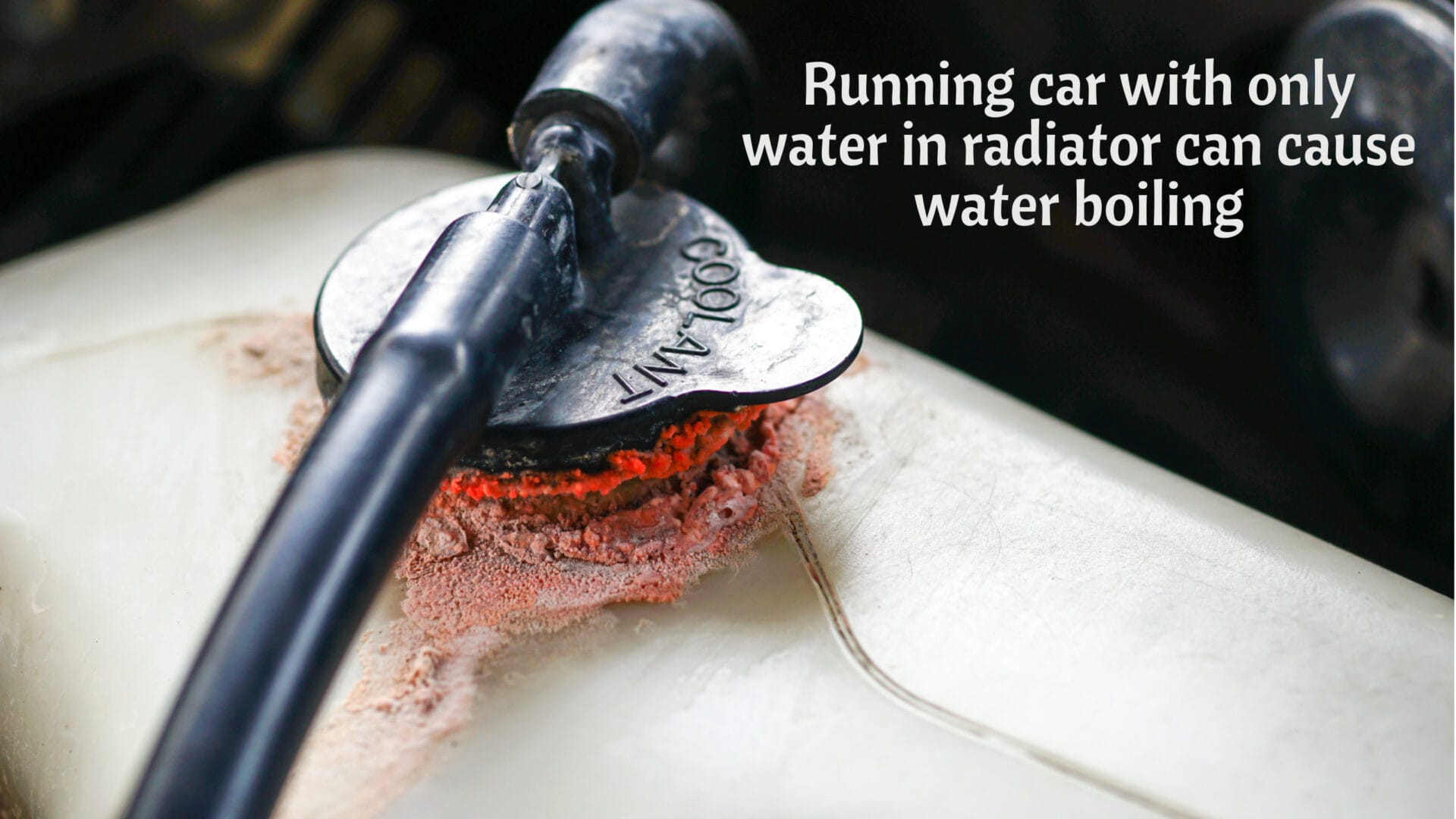
Water Boiling And Freezing
Water freezes at a much higher temperature than coolant. In cold climates, using only water in the radiator increases the risk of the coolant freezing, potentially causing the car’s cooling system and engine block to crack. Consequently, during high-temperature conditions or prolonged periods of heavy engine use, the water in the radiator may boil and evaporate the radiator cap, leading to overheating and potential damage to car engine components. Water has a lower boiling point than car coolant.
Corrosion and Rust:
Coolant contains additives that lubricate the water pump and other moving parts within the cooling system. Water alone does not have the corrosion inhibitors found in coolant. Over time, the absence of these inhibitors can lead to rust and corrosion within the radiator and other parts of the cooling system. This can result in reduced efficiency and eventually lead to a coolant leak.
Reduced Cooling Efficiency:
Coolant is designed to have better heat transfer properties than water. Using only water in the coolant tank can reduce the cooling efficiency, making it harder for the engine to dissipate heat properly.
Engine Overheating:
Without the proper mix of water and coolant, the engine is more susceptible to overheating. Overheating can lead to severe engine damage, such as a warped cylinder head, blown head gasket, damaged radiator hose, and damage to internal engine components.
Engine Damage:
Prolonged use of only water in the radiator tank can contribute to various engine damage, ranging from a compromised radiator to more severe internal engine parts issues. This can result in costly repairs and, in extreme cases, engine failure.
Is It Safe to Drive with Only Water in Your Radiator?
No, it is not safe to drive with only water. Water lacks the cooling properties of coolant, making it less effective at regulating engine temperature. This can lead to overheating, engine damage, and reduced performance.

Coolant contains corrosion inhibitors that prevent rust, while water can lead to internal corrosion and reduced cooling efficiency. Additionally, coolant provides lubrication for the water pump and other components, reducing wear.
Persistent use of only water may result in engine overheating, potentially causing a bad water pump, an overflow tank, and severe damage. While water can be a short-term solution in emergencies, it’s not a suitable substitute for coolant in the long run. Regular maintenance and using the right coolant ensure optimal engine health and prevent costly repairs.
Frequently Asked Question
Can A Car Run On Water Instead Of Coolant?
Yes, a car can run on water instead of coolant, but only for a short time. Coolant, a mix of water and antifreeze, serves crucial functions like preventing freezing, raising the boiling point, and inhibiting corrosion. Water lacks these properties, risking engine damage. So, it can be a short-term solution in emergencies, but prolonged use may lead to overheating.
What Is A Good Substitute For Coolant?
There is no good substitute for coolant. But in emergencies or for short distances, distilled water or pure water can be a temporary solution. Since coolant is a 50/50 mix of antifreeze and water, if engine oil isn’t on hand, distilled water is a viable alternative. However, it’s crucial to drive cautiously and limit the distance. Unlike coolant fluid, water lacks protective properties and can’t provide sustained backup. Consider this a brief fix to reach professional help, not for long driving.
How Far Can You Drive Without Radiator Coolant?
You can’t drive without radiator coolant. Just after a few minutes, the engine will heat up, and as there is no coolant in the coolant reservoir, no one is there to handle this heat. As a result, you will face severe engine damage. So it’s best not to drive without engine coolant; if you must, only cover a very short distance to get professional help. Continuous driving without coolant in the car radiator can result in costly repairs.
How Long After Putting Coolant In Can I Drive?
While technically, you can drive immediately after adding coolant, it’s advisable to take a few extra steps for a smoother ride. After pouring in the coolant, let the engine run for a few minutes. This allows the coolant to circulate through the system. Take a moment to inspect for any visible leaks around the radiator or hoses. Keep a close eye on the temperature gauge during this time; a stable reading is a green light to hit the road. If everything checks out—no leaks and a steady temperature—your engine is primed, and you’re good to go. This brief pause ensures a trouble-free journey and helps catch any potential issues before you embark on your drive.
Water in the Radiator: Friend or Foe?
Water in the radiator may seem like a friend, but it can actually be a foe. Using water alone increases the risk of engine damage, corrosion, and overheating. The absence of coolant’s protective properties makes water a threat to the cooling system’s efficiency and the engine’s safety.
It’s always essential to ensure that your vehicle’s cooling system is maintained correctly with the correct coolant or antifreeze mixture to avoid any potential problems on the road.
In summary, while water can be used temporarily in emergencies, it is not a suitable long-term replacement for coolant.

